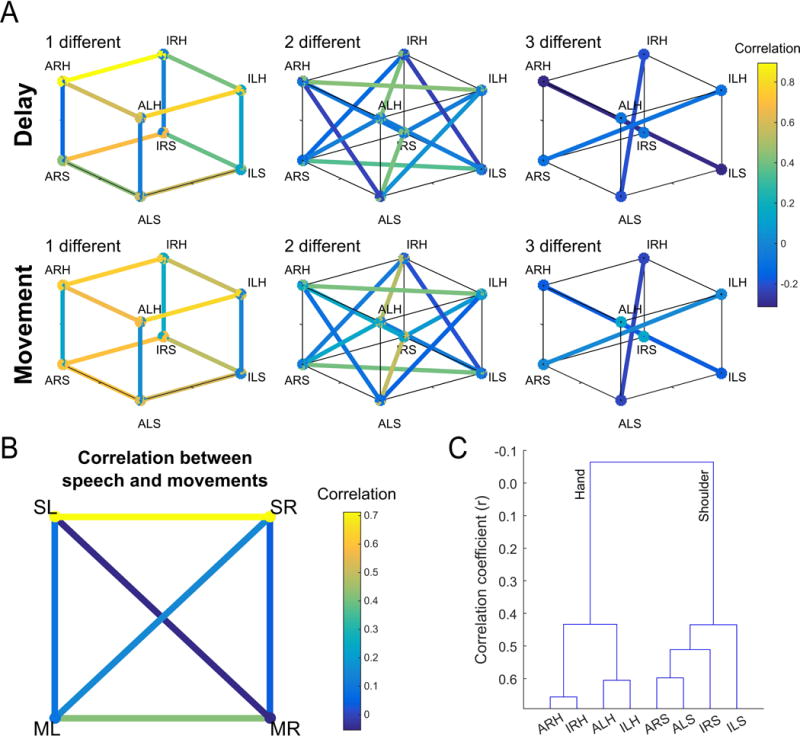Figure 5. Functional relationships between movement conditions.

(A) Similarity between population level neural responses for each movement condition. Pairwise comparisons are separated by the number of motor dimensions that differ in the comparison (left to right) and task phase (movement or delay). Similarity measured as the pairwise correlation between movement conditions. (ALH = Attempt Left Hand, ILH = Imagine Left Hand, ARH = Attempt Right Hand, IRH = Imagine Right Hand, ALS = Attempt Left Shoulder, ILS = Imagine Left Shoulder, ARS = Attempt Right Shoulder, IRS = Imagine Right Shoulder). See also Figure S5 for results of individual sessions. (B) Correlations between four movement types: left and right movements (averaged across both strategies), and speech. (SL = Speak Left, SR = Speak Right, ML = Movement Left, MR = Movement Right). (C) Dendrogram summarizing the structure apparent in A, namely strong segregation by effector.
